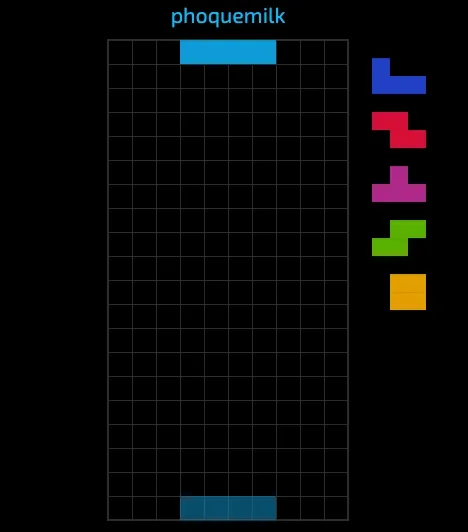Introduction
I somewhat got interested in Tetris a while back. I’m not entirely sure why, but something about seeing people be able to clear blocks on a screen insanely fast gave me something to aspire towards, and it was a game that didn’t require an hour of dedicated attention for each match.
After around a year of playing between study breaks and work, I managed to get my 40 line sprint down a LOT to around 50 seconds (around 90th percentile worldwide), which I was proud of, but still left much to be desired. I felt like I had reached a point where I had pretty much maxed out the parts that were rewarding to max out (fixing finesse, learning 6-3 stacking, doing some basic t-spins, etc) and didn’t really want to put more effort in. This was originally about reverse engineering a string that represents the state, but after some digging I think it’s just a hash that corresponds to something on the server.
Here’s a replay of my record (not sped up)

